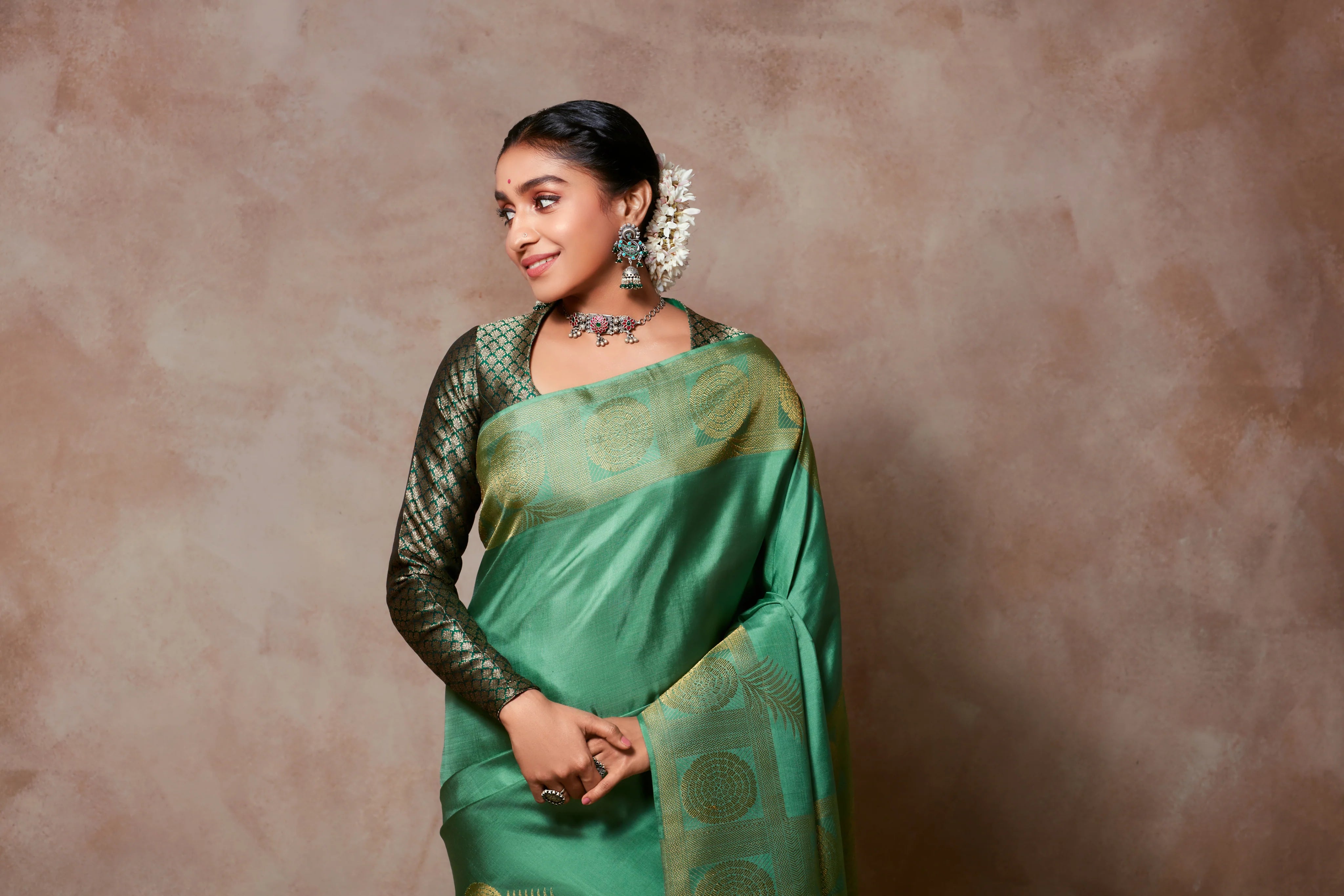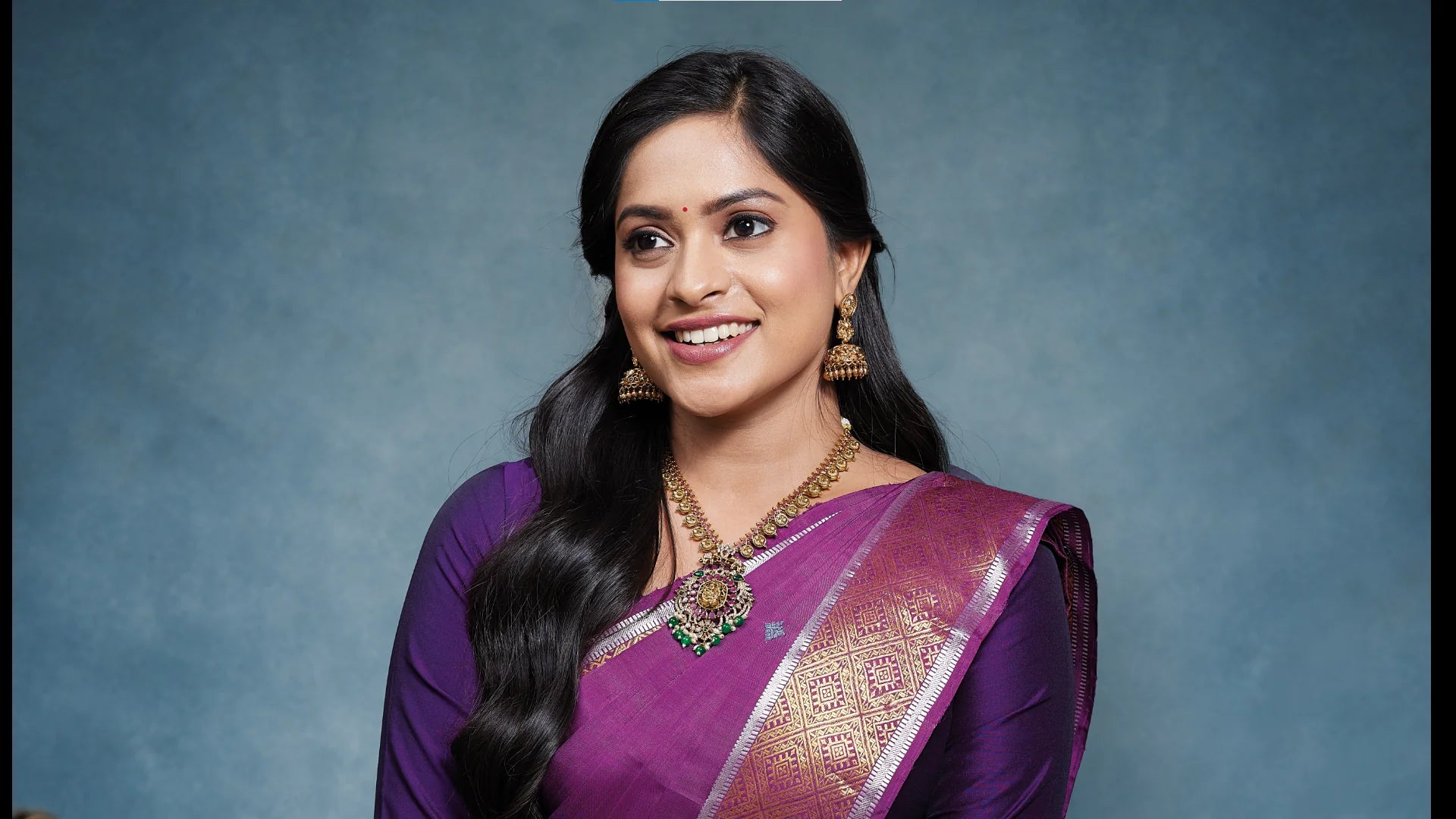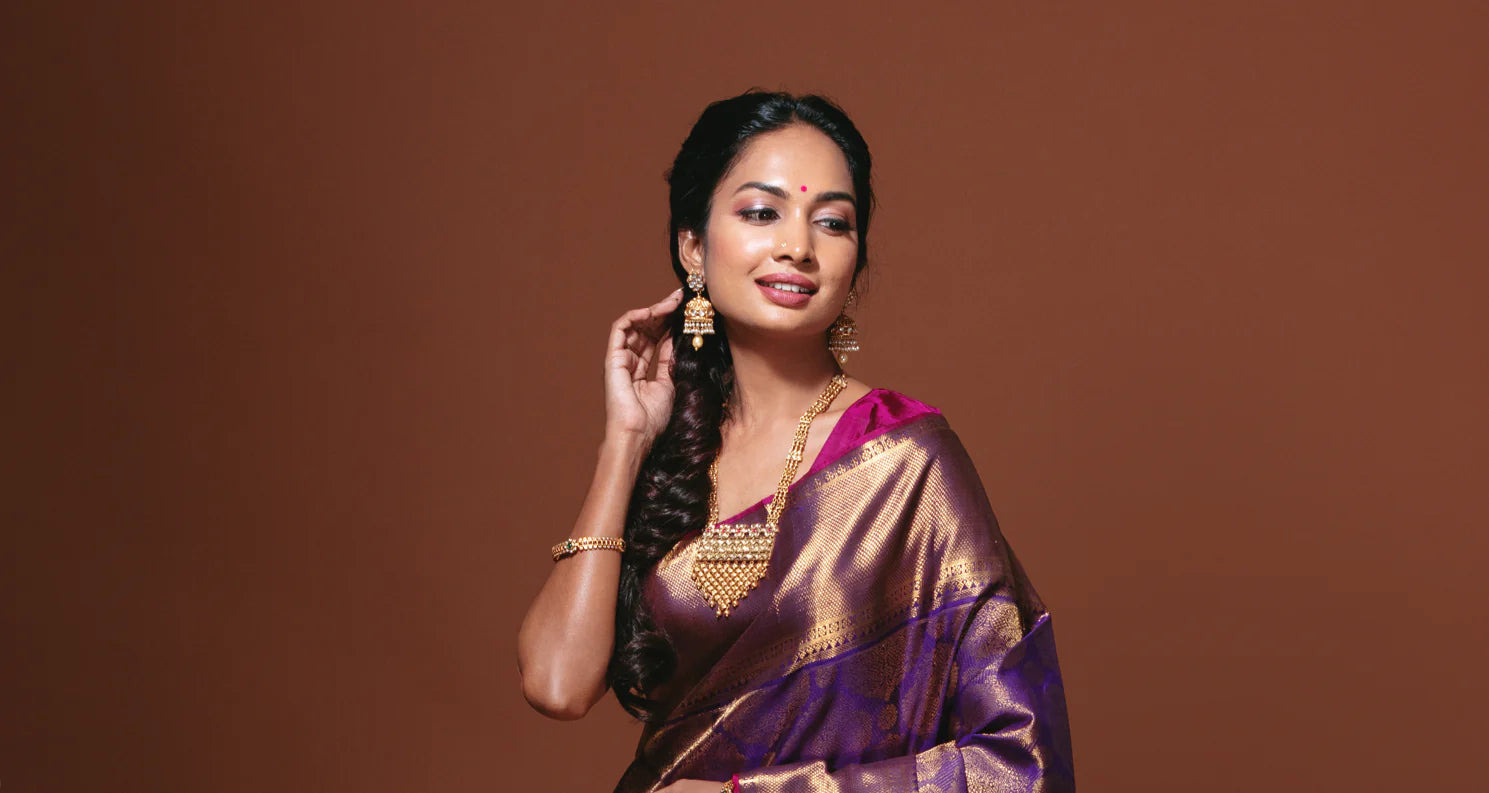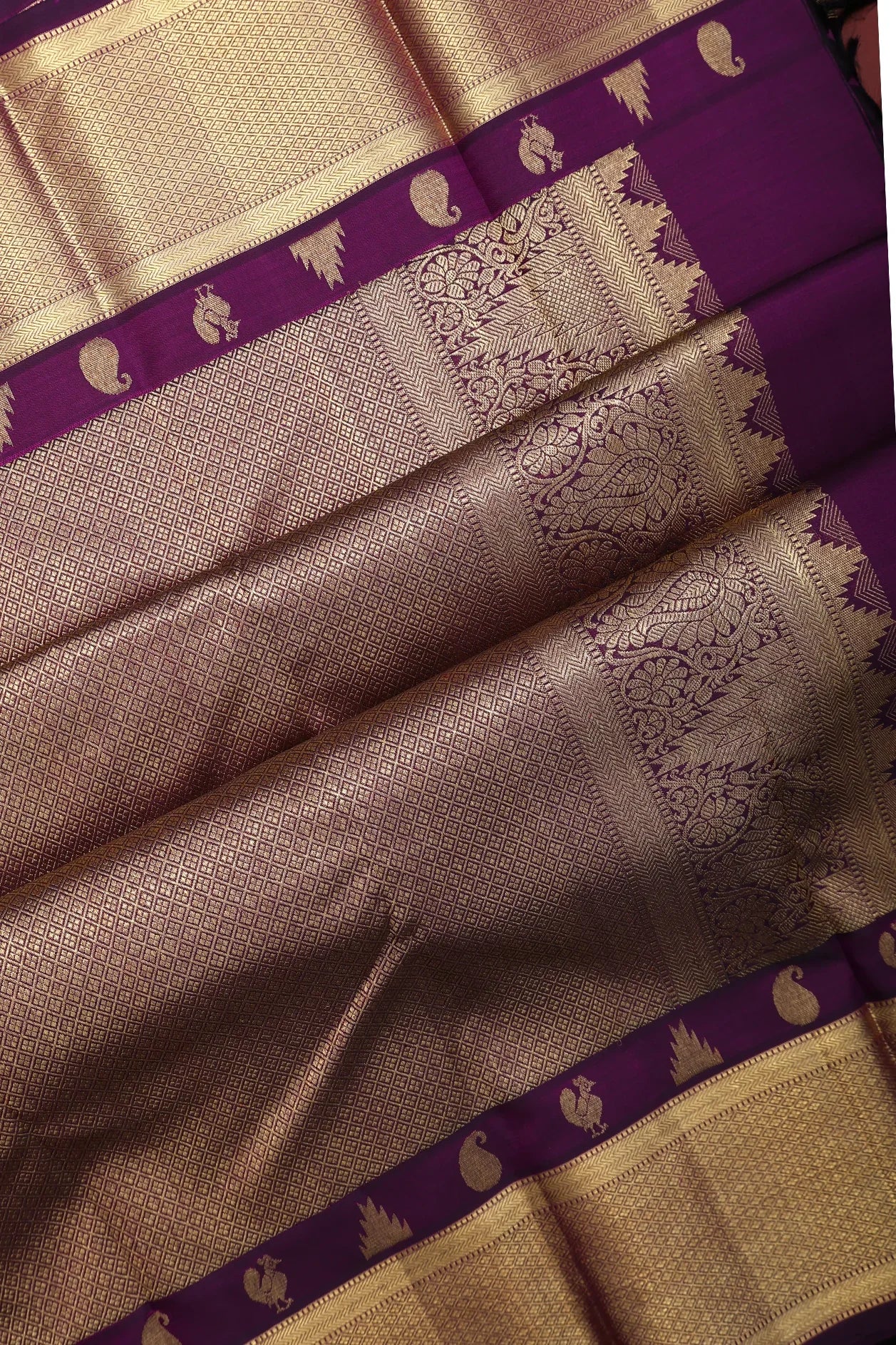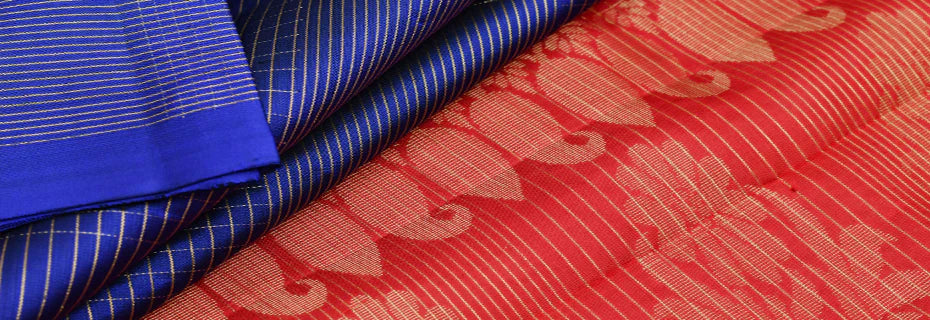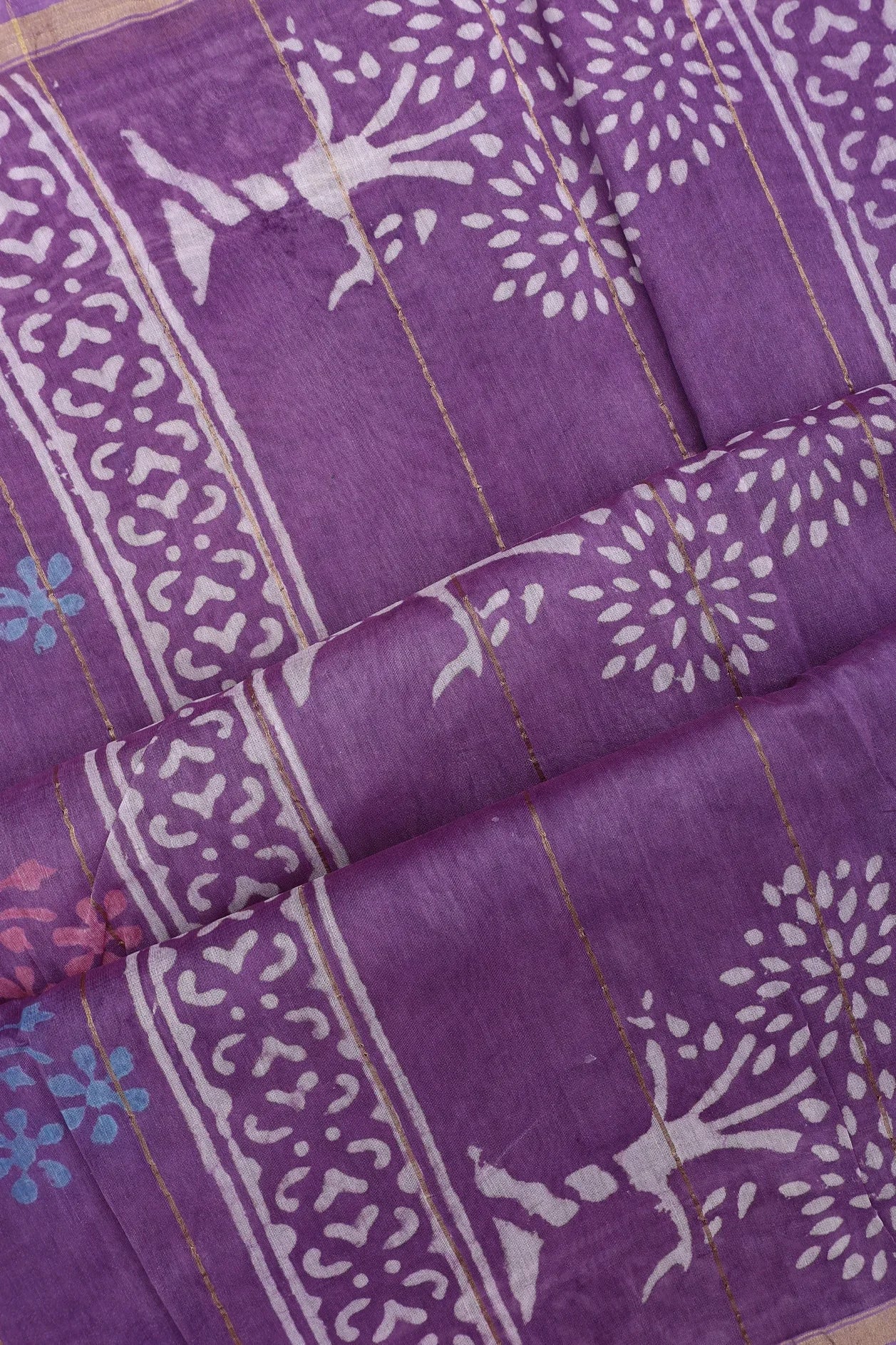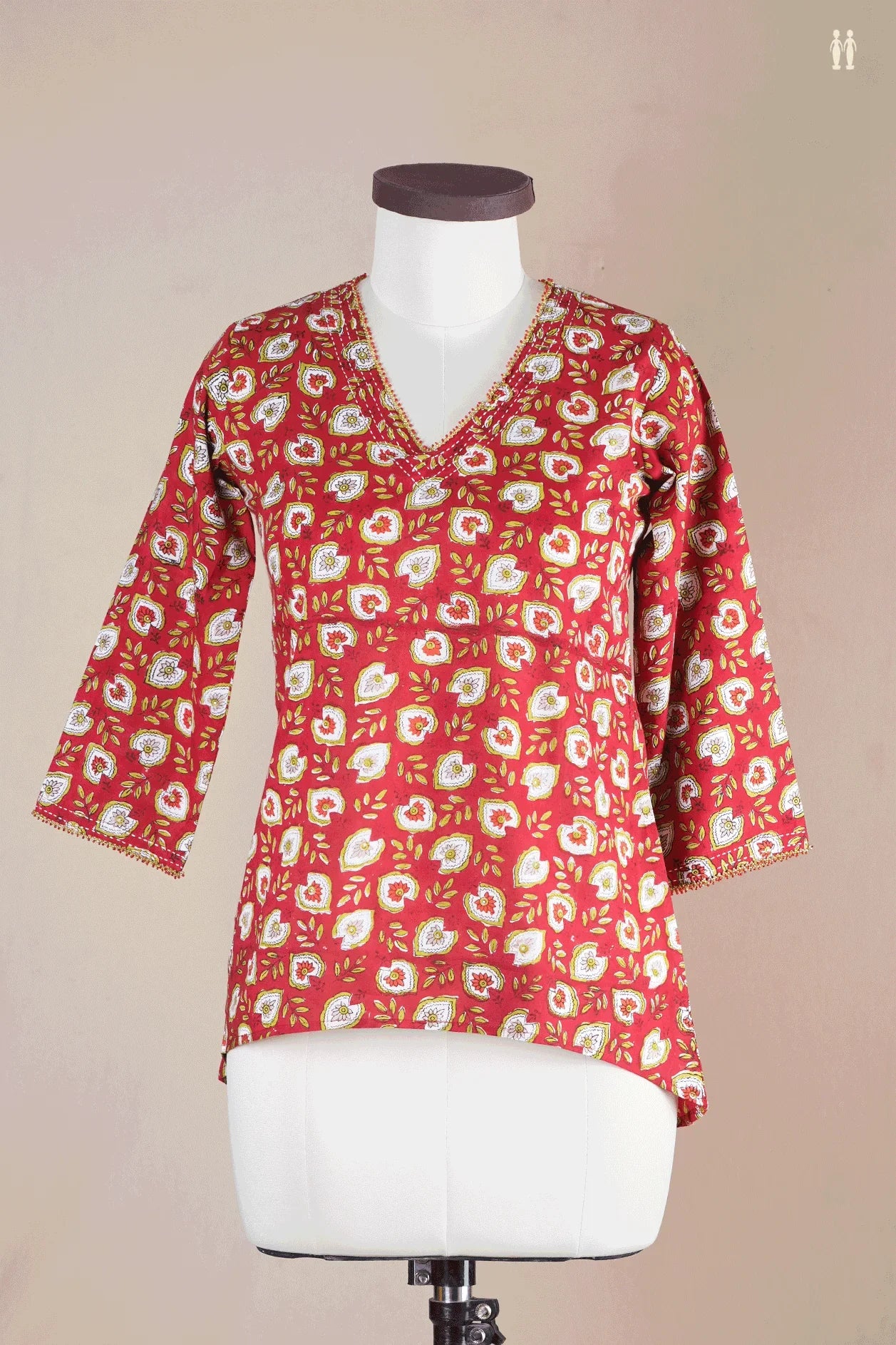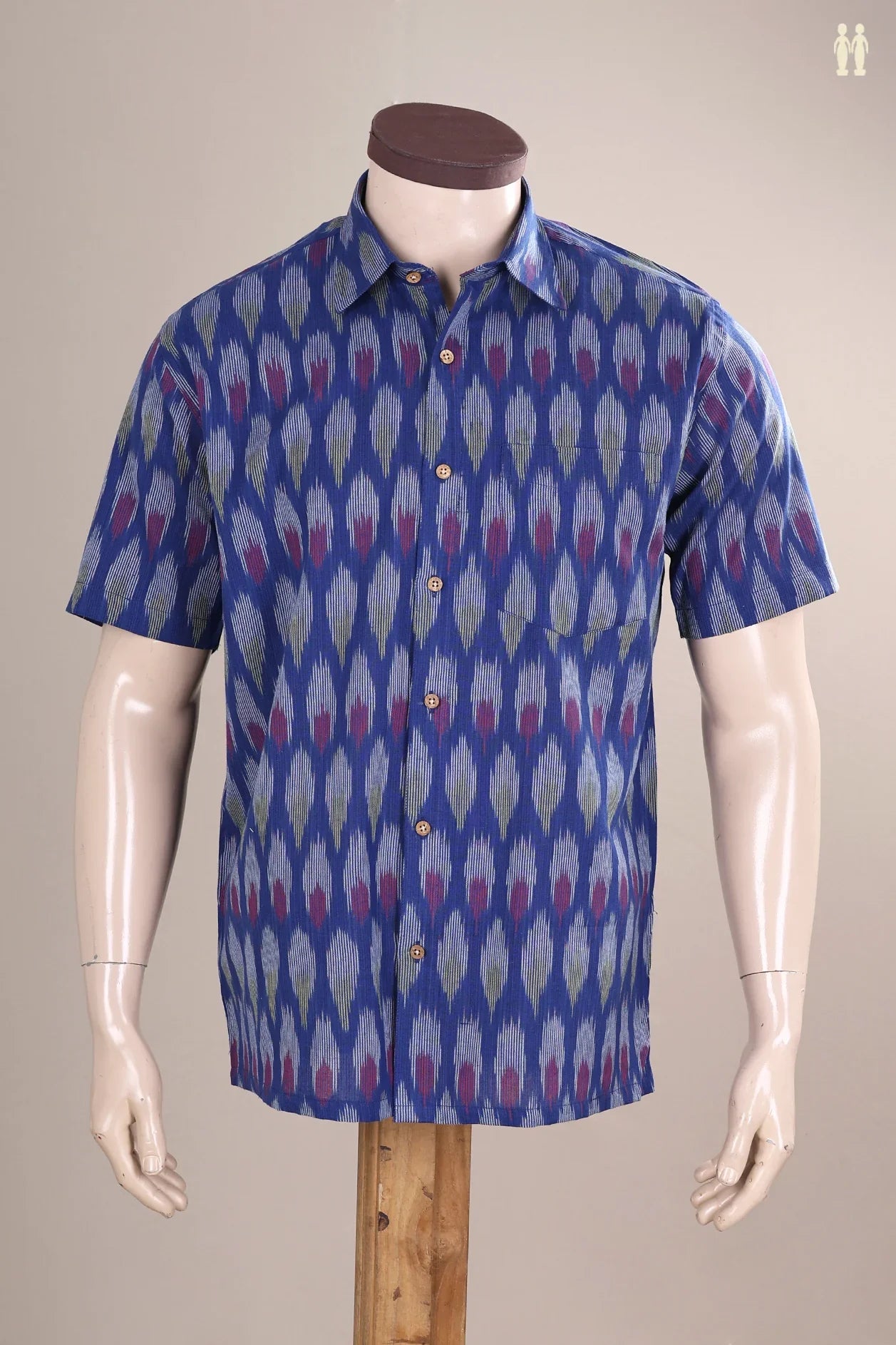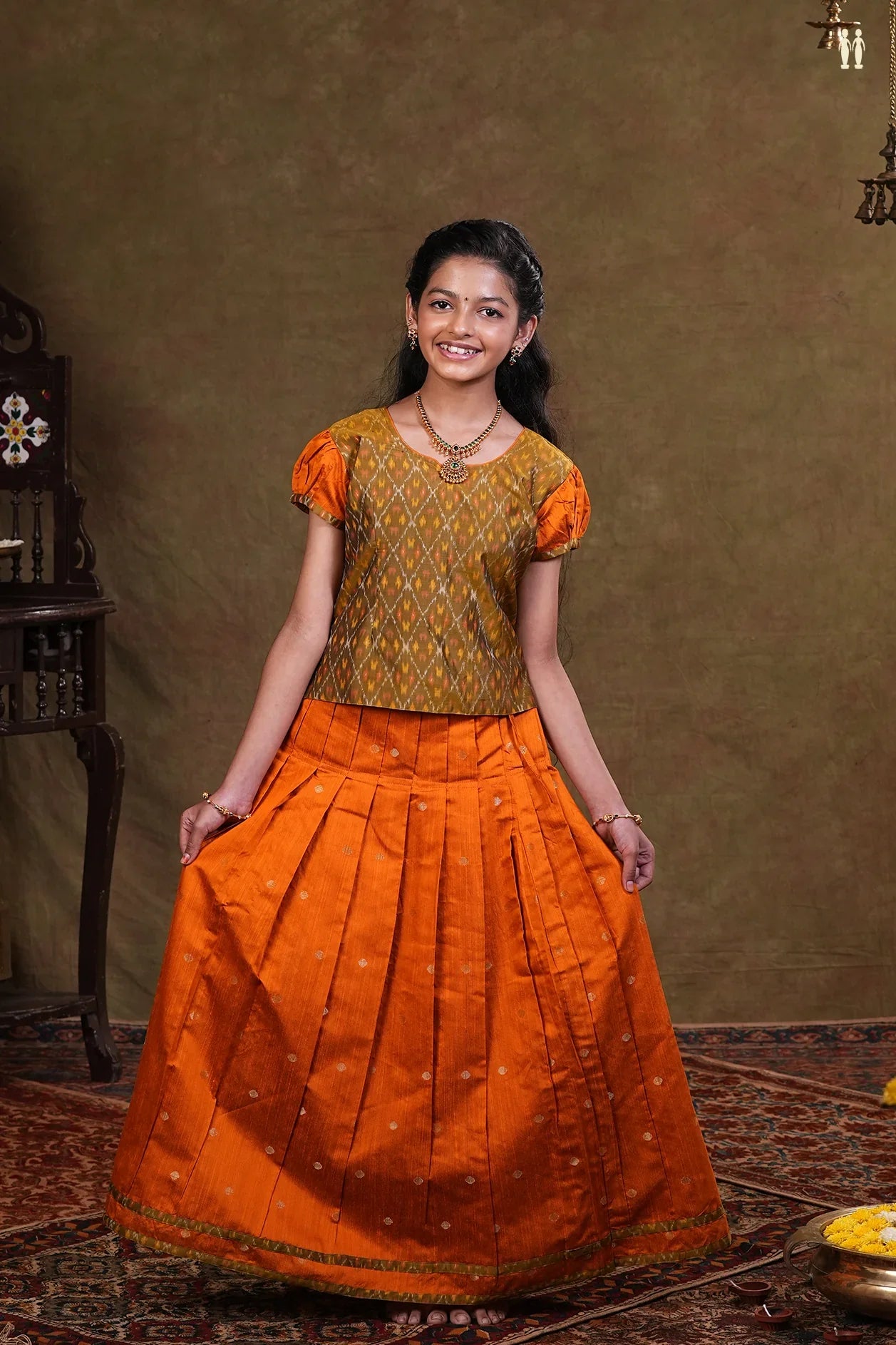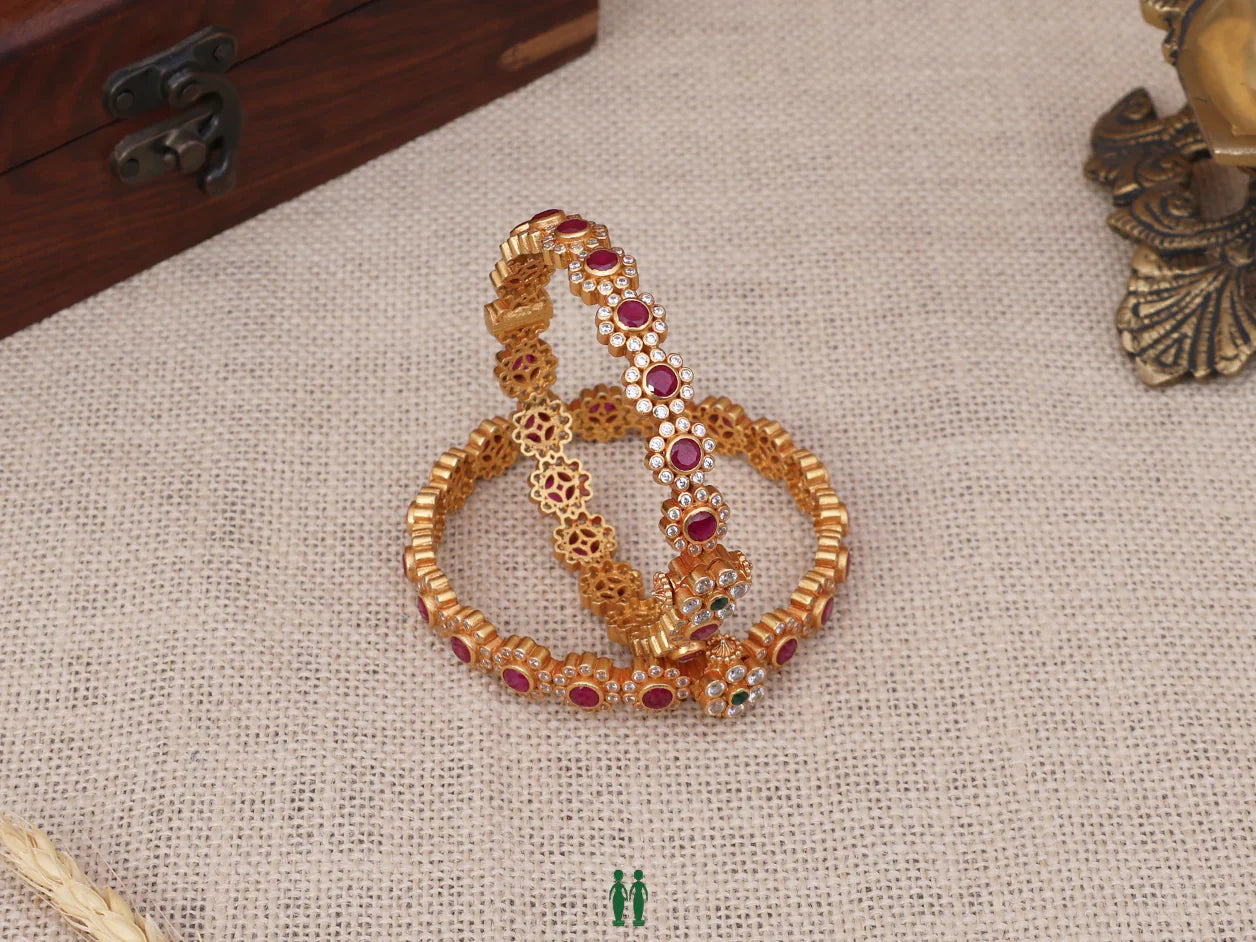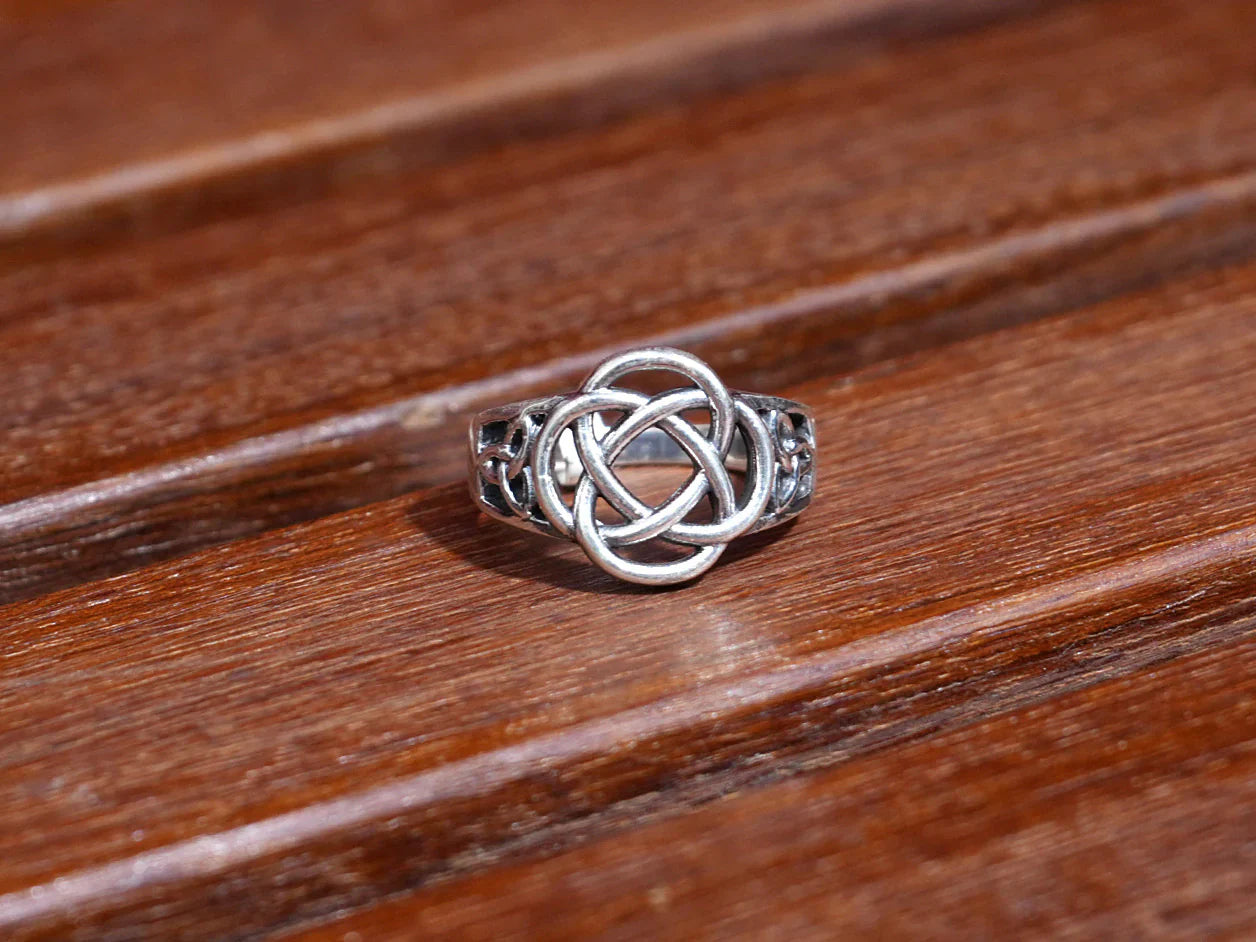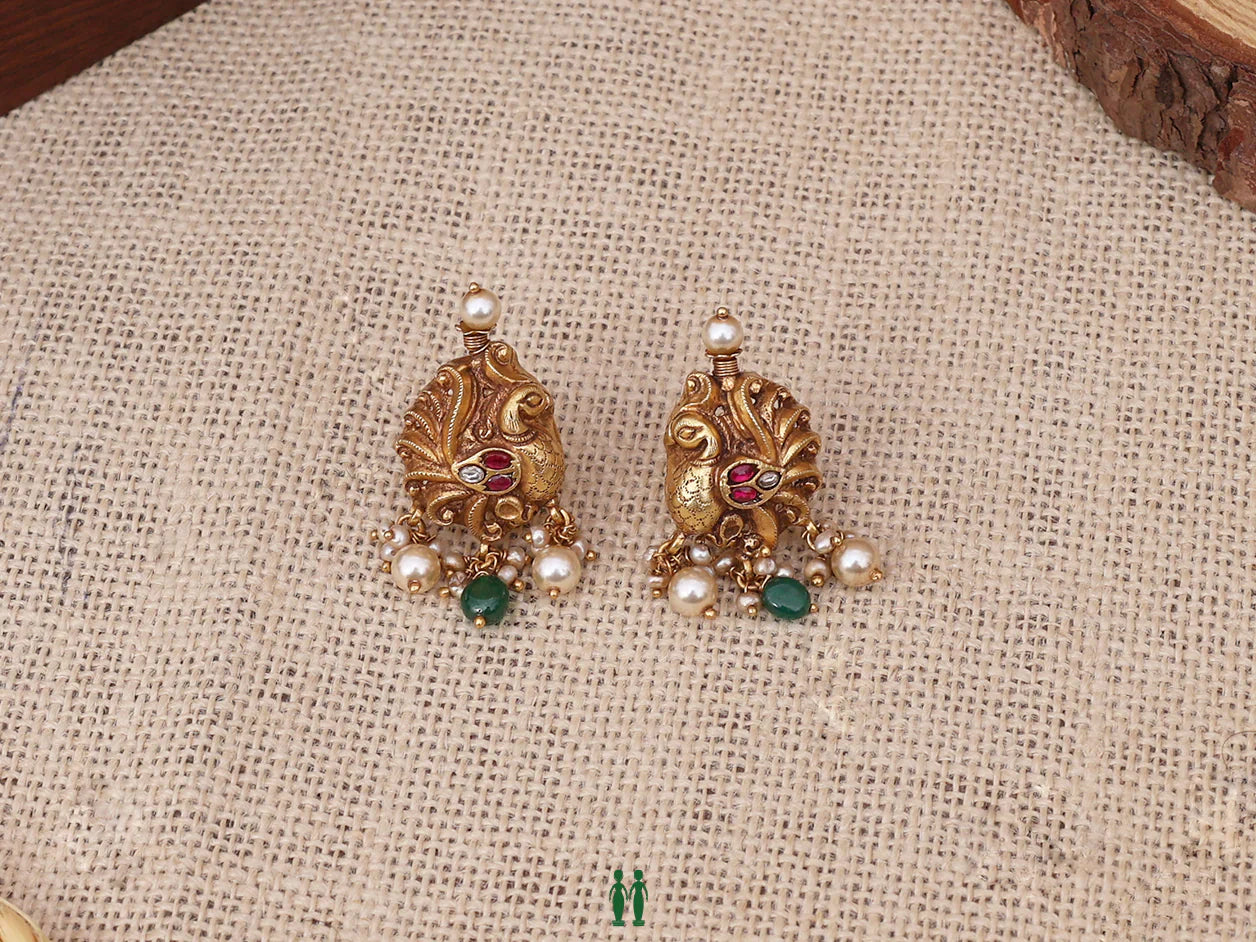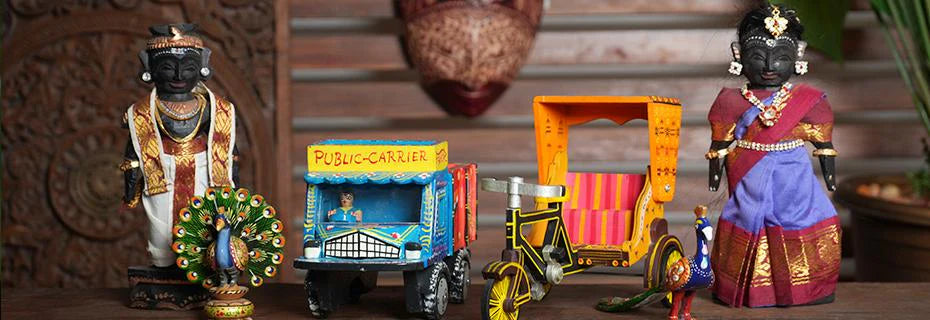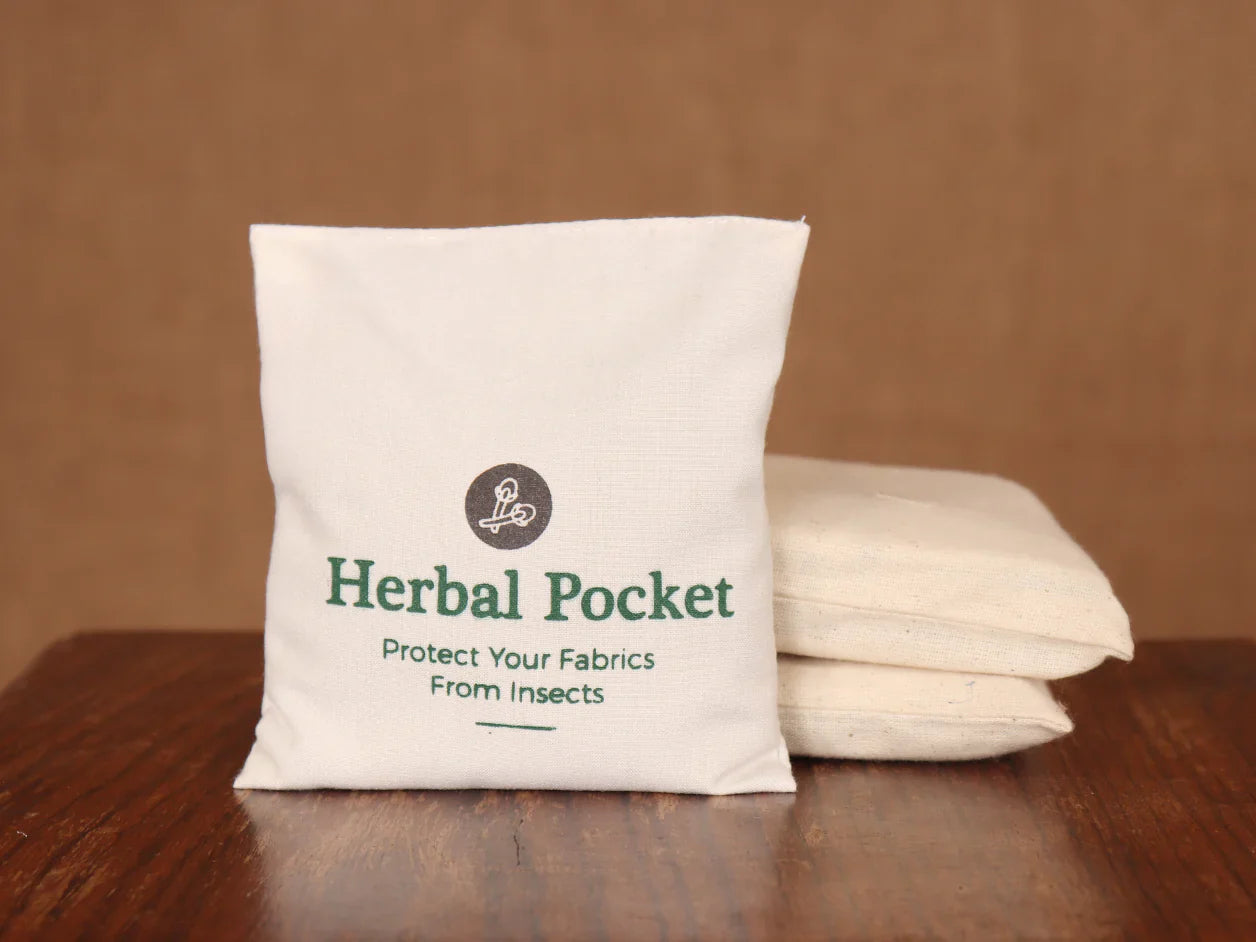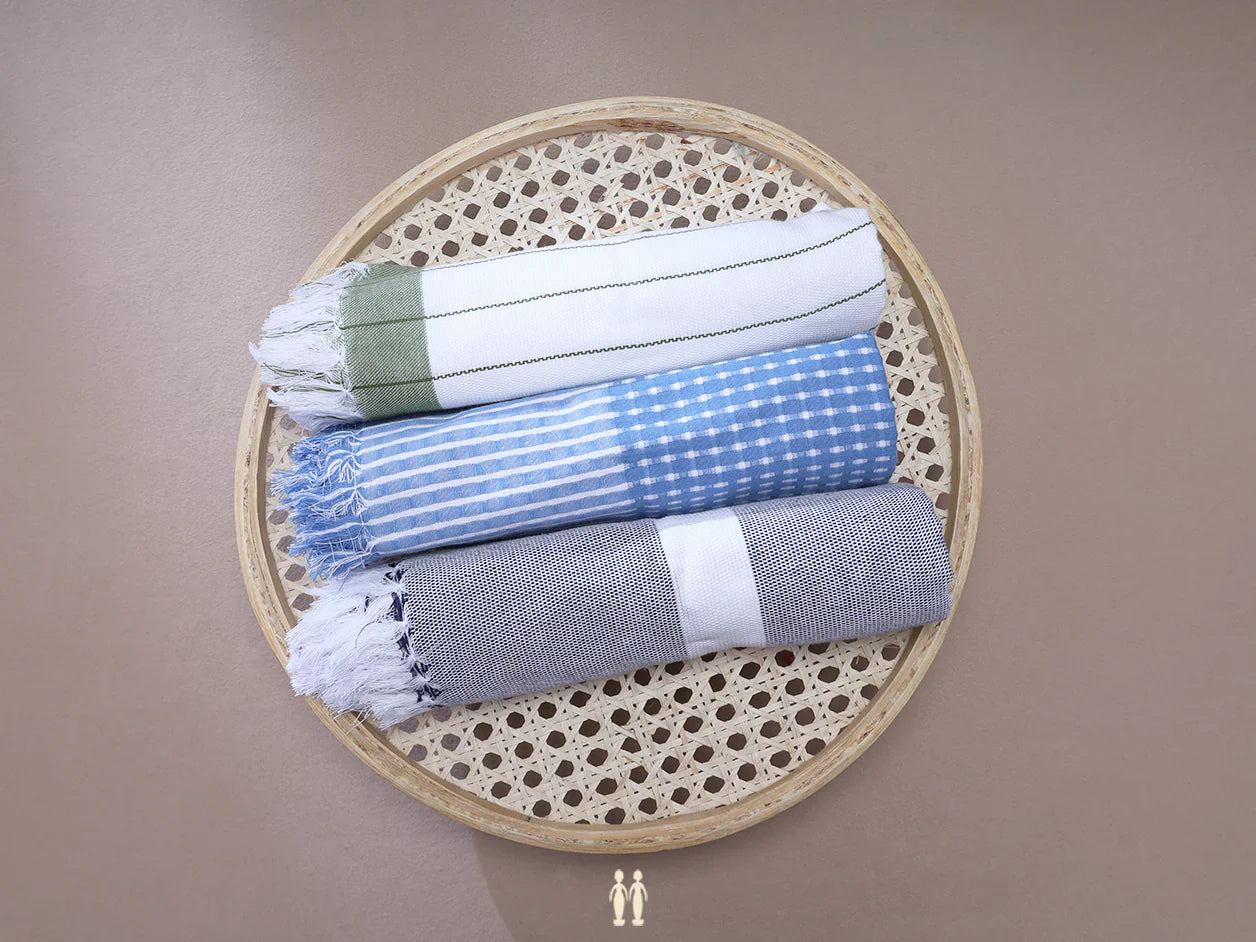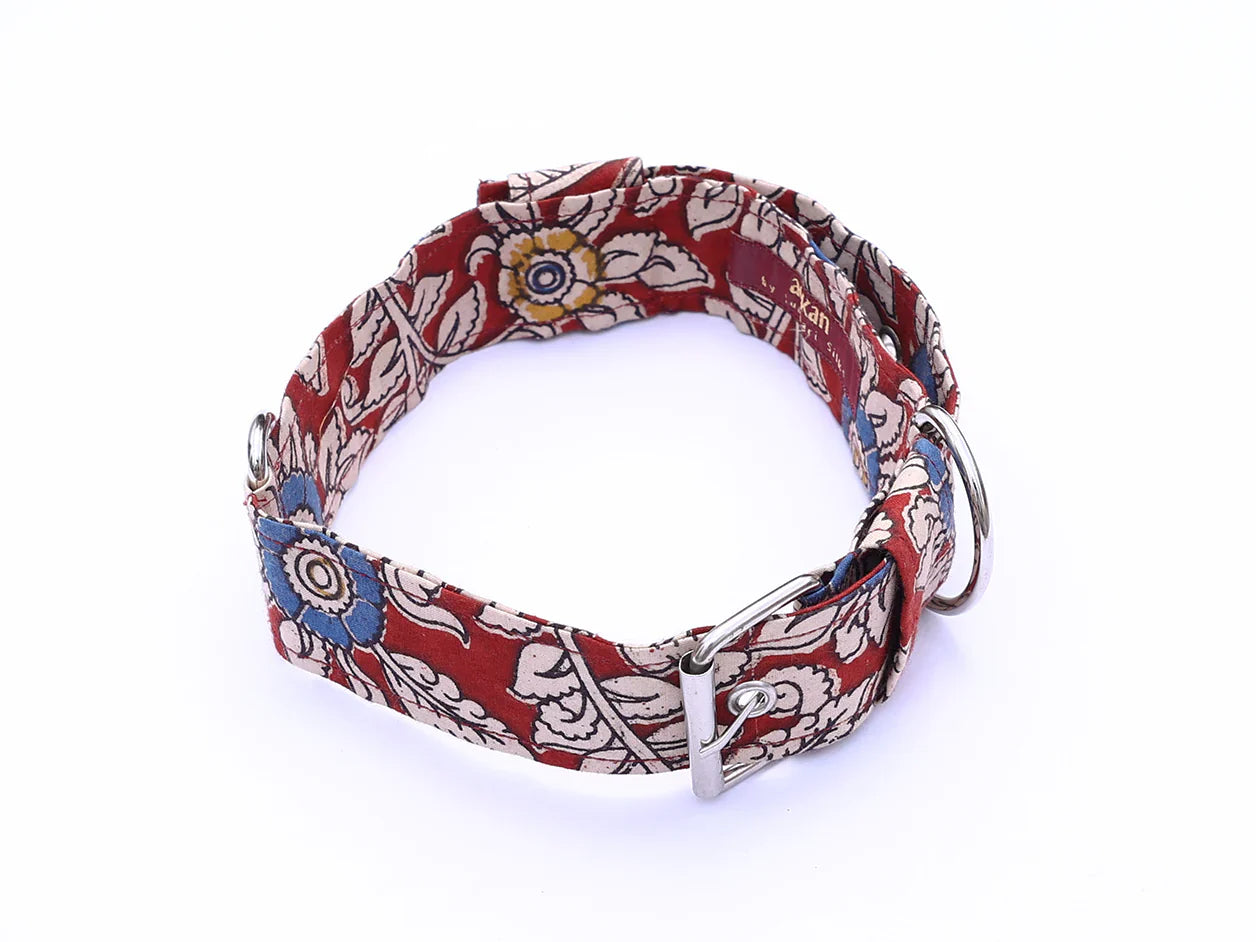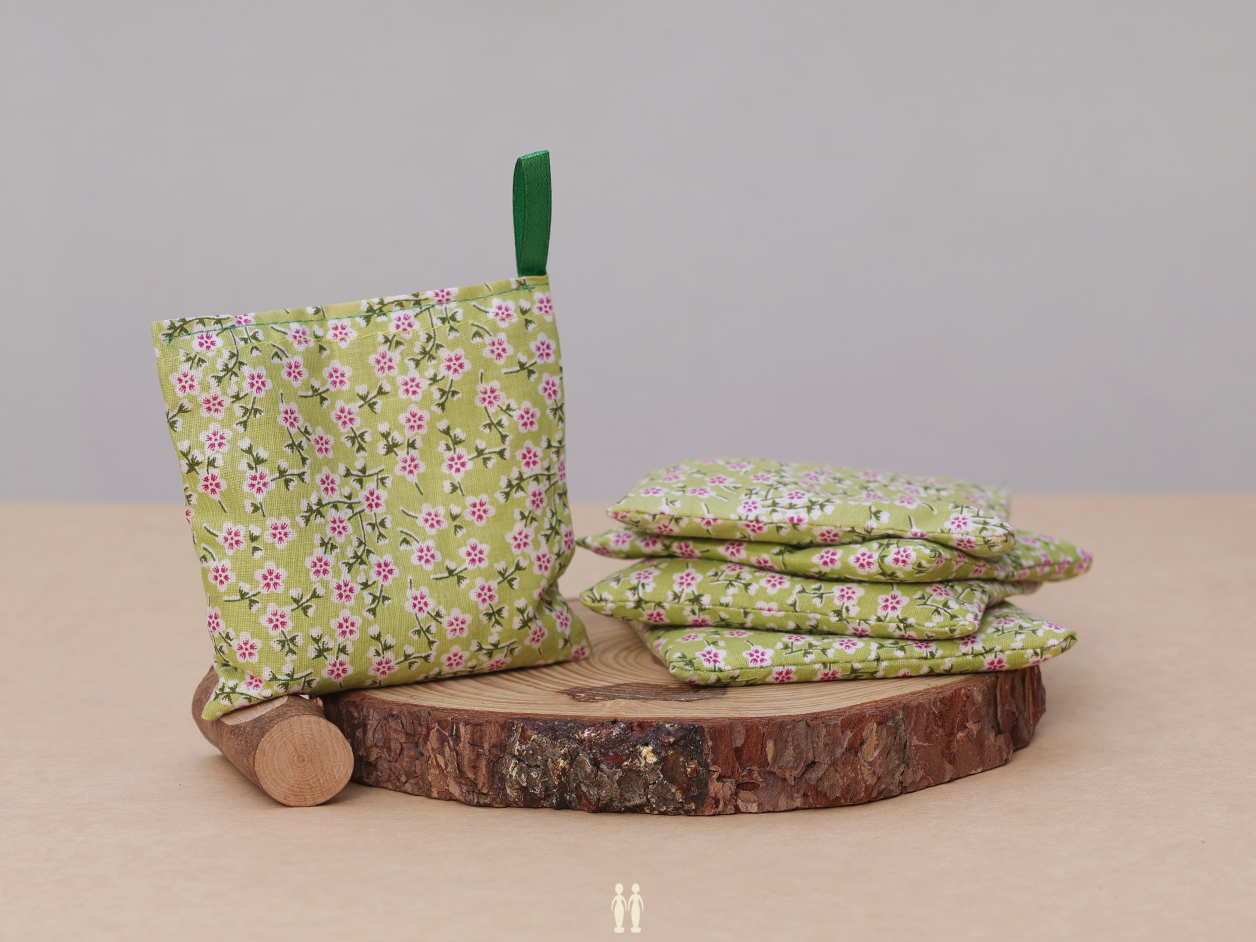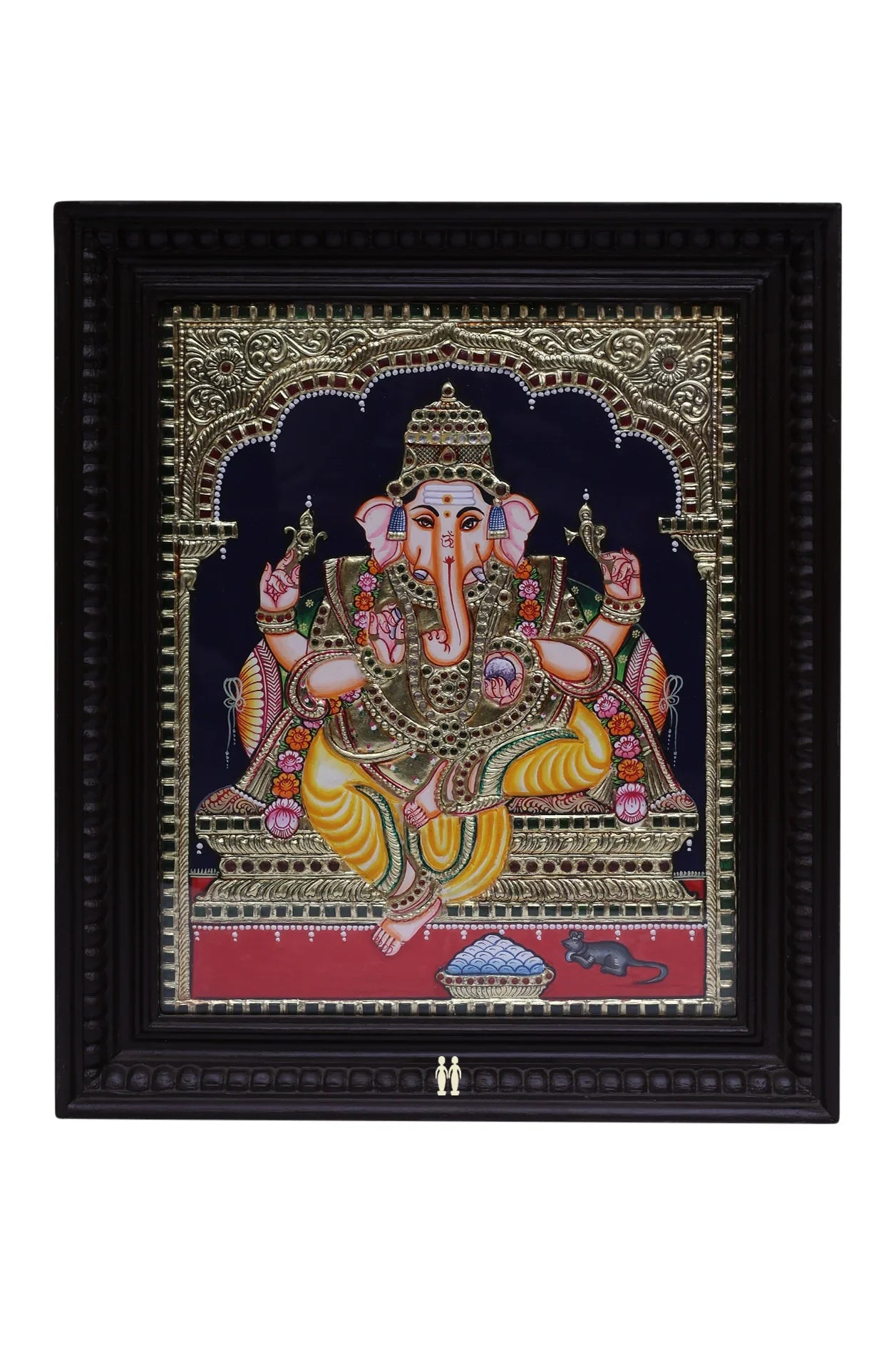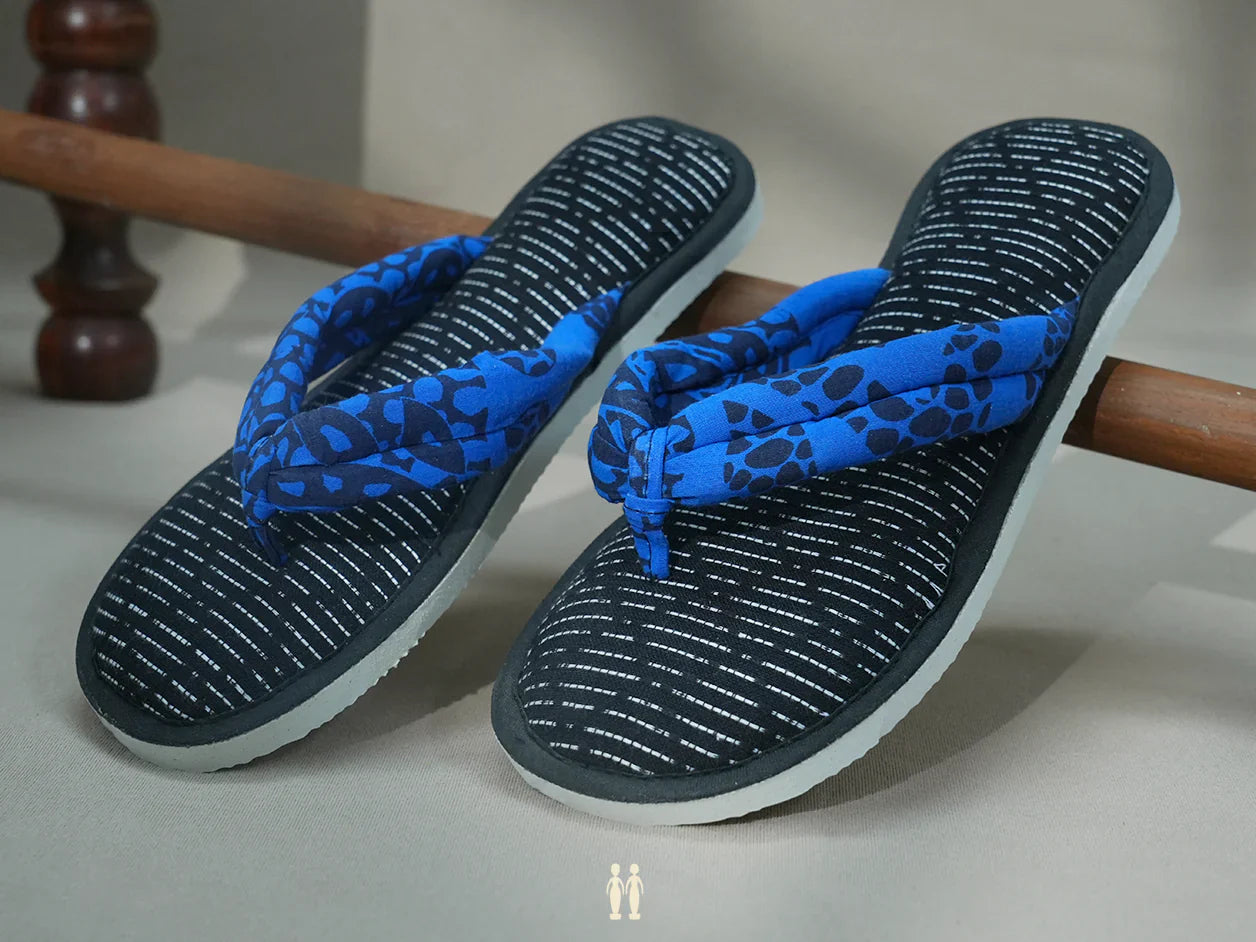Trending Products
CART
Cart is Empty!


Drapes of India – The Maharashtrian Nauvari saree
The astonishing versatility of a saree in India has been expressed by the countless women who wear this garment in different styles. In our blog this month on Drapes of India, we look at the Nauvari saree, the distinctive nine yards saree of Maharashtra.
The history and origin of the saree are shrouded in mystery, but the archaeological sculptural references of earlier civilizations show the saree being draped like ‘kacham’ or a dhoti by both genders.
The distinctive Maratha woman’s apparel measuring nine yards is referred to as Nauvari, meaning nine yards. It is also called as the Kaashtha sari or Lugade. The name Kaashtha sari is because the style of draping the saree is similar to the way a Maharashtrian dhoti is worn.

The nine yards saree today is worn by ladies purely on ceremonial occasions. The style of draping this saree in the Deccan region varies from caste and community. For example, the style of draping by the Brahmin community is with the hind pleats tucked into the waist at the back-centre and pallu is thrown across the left shoulder. The tribal women wear it high up to their knees and the coastal fisherwomen drape it like a "kacham" which allows for easy movement.
One of the most interesting features of the Nauvari or the lugade is the indigenous design palette in weaving, which is untouched by Moghul motifs or techniques.

The distinguished painter of the 19th century, Raja Ravi Varma selected the nine- yards saree which portrayed the best dresses for the various goddess he was commissioned to paint.
The historical figure of Rani Lakshmibai of Jhansi or Jijabai, the Maratha queen provides us with visual images of how women adapted this garment into the garb of a warrior.
The variety of designs, drapes, fabrics and colours in sarees reveal a unique blending of religious and cultural influences of India. And the drape of the saree across the geographical diversity of India is a visual language in itself!


The astonishing versatility of a saree in India has been expressed by the countless women who wear this garment in different styles. In our blog this month on Drapes of India, we look at the Nauvari saree, the distinctive nine yards saree of Maharashtra.
The history and origin of the saree are shrouded in mystery, but the archaeological sculptural references of earlier civilizations show the saree being draped like ‘kacham’ or a dhoti by both genders.
The distinctive Maratha woman’s apparel measuring nine yards is referred to as Nauvari, meaning nine yards. It is also called as the Kaashtha sari or Lugade. The name Kaashtha sari is because the style of draping the saree is similar to the way a Maharashtrian dhoti is worn.

The nine yards saree today is worn by ladies purely on ceremonial occasions. The style of draping this saree in the Deccan region varies from caste and community. For example, the style of draping by the Brahmin community is with the hind pleats tucked into the waist at the back-centre and pallu is thrown across the left shoulder. The tribal women wear it high up to their knees and the coastal fisherwomen drape it like a "kacham" which allows for easy movement.
One of the most interesting features of the Nauvari or the lugade is the indigenous design palette in weaving, which is untouched by Moghul motifs or techniques.

The distinguished painter of the 19th century, Raja Ravi Varma selected the nine- yards saree which portrayed the best dresses for the various goddess he was commissioned to paint.
The historical figure of Rani Lakshmibai of Jhansi or Jijabai, the Maratha queen provides us with visual images of how women adapted this garment into the garb of a warrior.
The variety of designs, drapes, fabrics and colours in sarees reveal a unique blending of religious and cultural influences of India. And the drape of the saree across the geographical diversity of India is a visual language in itself!
Our Famous Articles

Our Famous Articles
Marappachi bommai
Marapachi Bommai: Heirlooms of Heritage In many South Indian homes,...
Your Ultimate Summer Wardrobe Destination
At Sundari Silks, we believe that the essence of summer...
Threads of Love: A Collection for Her & Him
What is the Meaning of Love? Love is found in...


GET ON THE LIST
Perks include 5% off your first online order at Sundari Silks. Be the first to know about new collections, store launches, sales and much more!





























